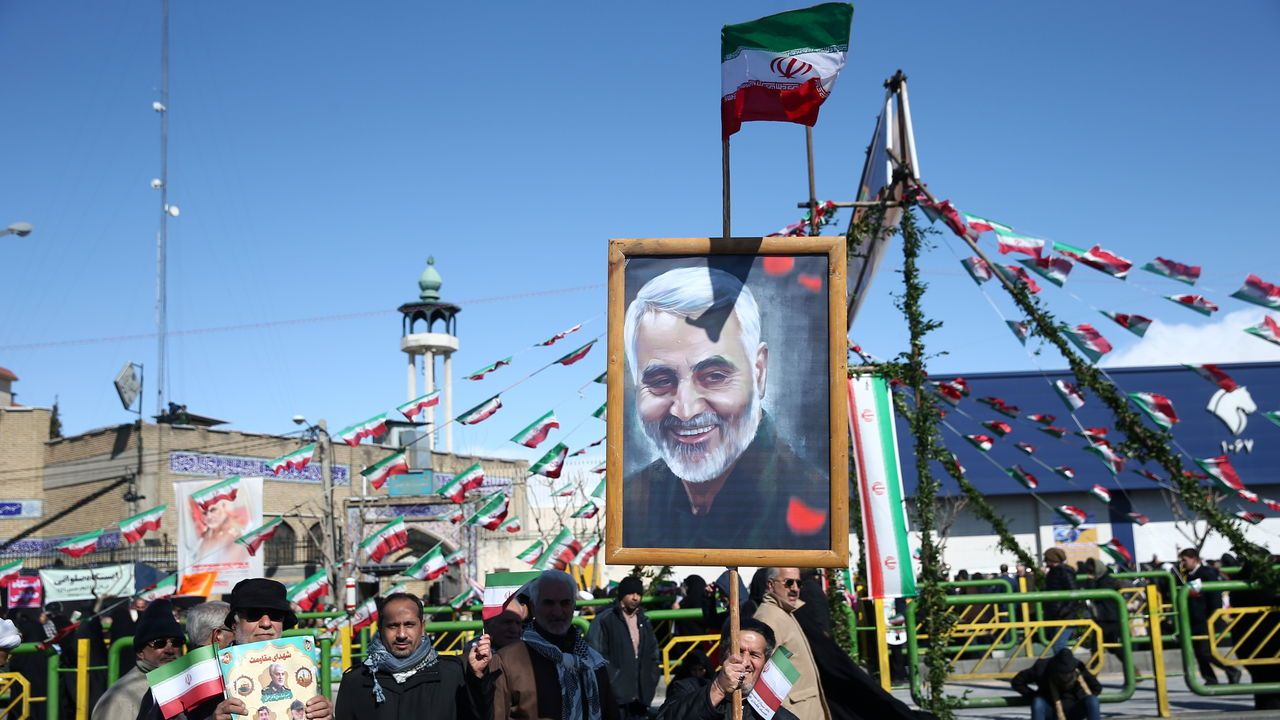What is Iran’s axis of resistance?
The country’s Middle Eastern network of allied militias has grown more powerful

AMERICA SAYS THAT its troops in Syria and Iraq have been attacked at least 55 times since Hamas’s assault on Israel on October 7th. Blaming Iran and its proxies across the Middle East, it has been hitting back: on November 12th America launched its third set of air strikes in eastern Syria since late October. Iran’s proxies have so far stopped short of launching attacks that could drag America into full-scale war. But their firepower poses a clear threat to America as well as its allies. What is this self-proclaimed axis of resistance, and how powerful is it?
Explore more
More from The Economist explains

What is a carry trade?
Borrowing cheaply to buy high-yielding assets is popular, but risky

The significance of liquid water on Mars
There could be an ocean’s worth deep underground

Why Russian troops are attacking on motorbikes
New conditions give rise to new tactics
What is “two-tier” policing?
The conspiratorial belief has spread online, fuelling disorder in Britain
Would legal doping change the Olympics?
The impact would be smaller—and worse—than proponents of drug-taking claim
Do vice-presidential picks matter?
If they have any effect on an election’s result, it is at the margins